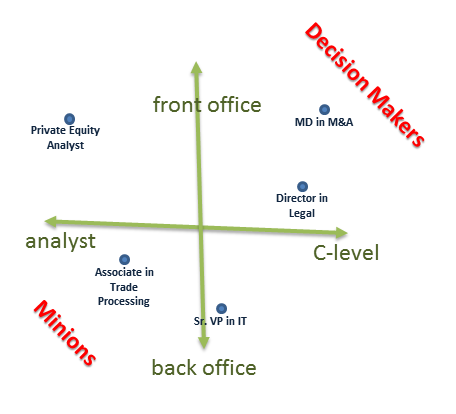A new type of mortgage gets a price that means you never have to walk away.
Last month Robert J. Shiller, Rafal M. Wojakowski, Muhammed Shahid Ebrahim and Mark B. Shackleton published a paper with the financial engineering to price “continuous workout mortgages.” This is the Shiller of Irrational Exuberance and housing index fame.
A continuous workout mortgage leaves some of the risk of house price deprecation with the mortgage lender, since the mortgage balance automatically adjusts if the market tanks. The authors model an interest-only continuous workout mortgage as a loan bundled with a put option on the value of the home and a floor on interest rates. By design, the option to abandon the mortgage is always out of the money, so the borrower has little incentive to strategically default or walk away.
Pricing a continuous workout mortgage uses a standardized housing index. Perversely, this prevents a borrowers from trashing their own homes in order to reduce payments. So the bundled put option is on a housing index and not on the exact home. Others have written about the political and class bias encouraged when your savings are connected so directly to the neighborhood. Standard & Poor’s conveniently sells metropolitan housing indices. These S&P Case-Shiller housing indices have serious problems, including methodology transparency and data lag — no one can replicate and therefore validate the Case-Shiller numbers, the indices are published several months late, and they ignore the prices of homes pulled off the market without a sale.
Like proper quants, Shiller and colleagues push hard for a closed-form pricing formula. The party line is that clean formulas make for better markets, but computer simulation is easy enough now-a-days and far more accurate. Ahh, job security! To get a formula for the interest rate a lender should charge for a continuous workout mortgage, they make the heroic Black-Scholes universe assumptions, including:
- The housing index can be traded, and traded without any brokerage fees. Also the index can be sold or bought for the same price.
- Cash can be borrowed or lent at the exact same interest rate.
- No one pays taxes.
- The variance (jitter) in the housing index is independent of how much a trader expects to earn from investing in the housing index. This one is rarely mentioned, but not so obscure once you drop the “risk neutral” jargon.
And so also like proper quants, Shiller and his colleagues assume the frictionless, massless pulley from a high school physics class.
